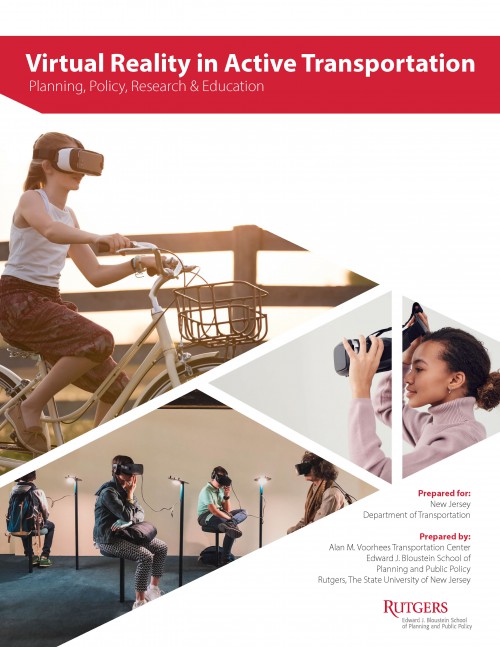In the past decade, Virtual Reality has gained momentum, becoming an asset in both recreation and research. Virtual Reality (VR) allows users to immerse themselves in numerous lifelike or fictional landscapes through wearable and sensory technologies. Utilizing VR technology provides researchers with the opportunity to educate and test out various scenarios, while minimizing possible economic and health risks. By monitoring the user’s actions, researchers can gain valuable knowledge on human behavior in different circumstances. Public engagement, an essential aspect of planning, can also be assisted through the use of VR, which can provide public and private entities with fun, yet effective alternatives to interact with the public. Recent developments in virtual and augmented reality have arisen, demonstrating the flexibility of the technology itself and the diversity of issues it may aid. These issues range from improving on the age old issue of designing efficient wayfinding systems to creating safe and efficient road work training conditions for bridge repairmen.
The purpose of this white paper is to explore ways in which VR can be used to advance active-transportation research, education, and practice. Through case studies and examples, this study highlights key applications of VR in transportation. Its findings indicate that VR can be extremely useful for interacting with people, visualizing designs, understanding user behavior, and education and training purposes. It can be incorporated into a number of existing New Jersey Bicycle and Pedestrian Resource Center (NJBPRC) and Safe Routes to School (SRTS) initiatives including regional complete streets training workshops, safe routes to school, bicycle and pedestrian planning, public outreach and engagement, senior mobility workshops, etc.
This white paper is organized into three sections. The first section explores VR technology, its characteristics, and advantages, along with the diversity of methods used to experience VR. Using case studies and examples, the second section highlights how VR can be applied to four major areas in transportation, namely, public outreach and engagement, transportation behavioral research, wayfinding and signage design, and safety education and training. Lastly, the third section discusses how VR can be used to benefit NJBPRC and SRTS in research, outreach and engagement, and education and training.
Read full report: Virtual Reality in Active Transportation Planning, Policy, Research & Education (2019)

